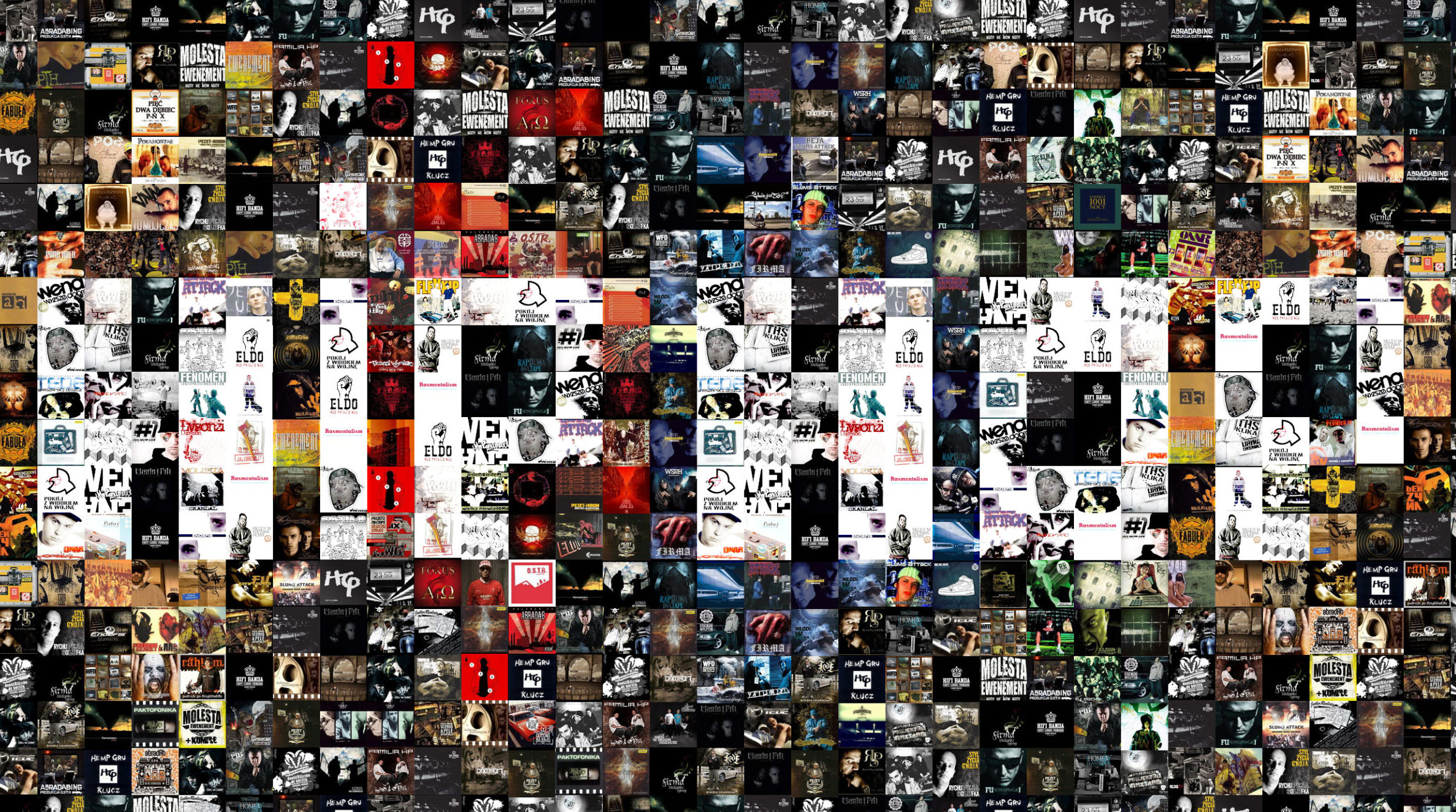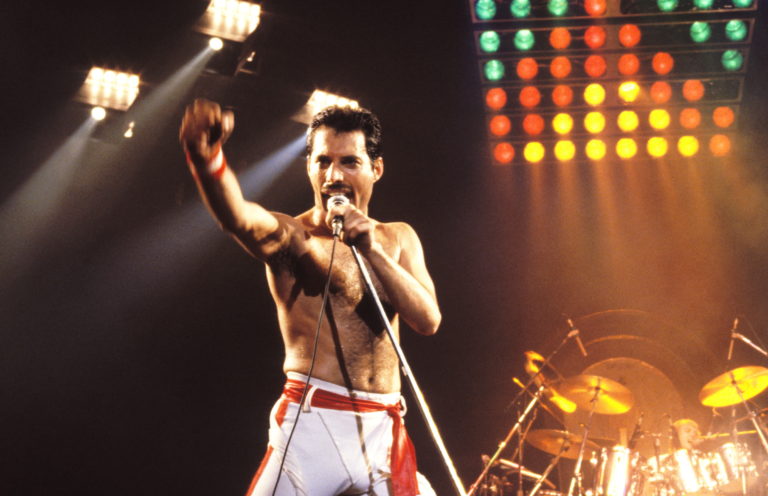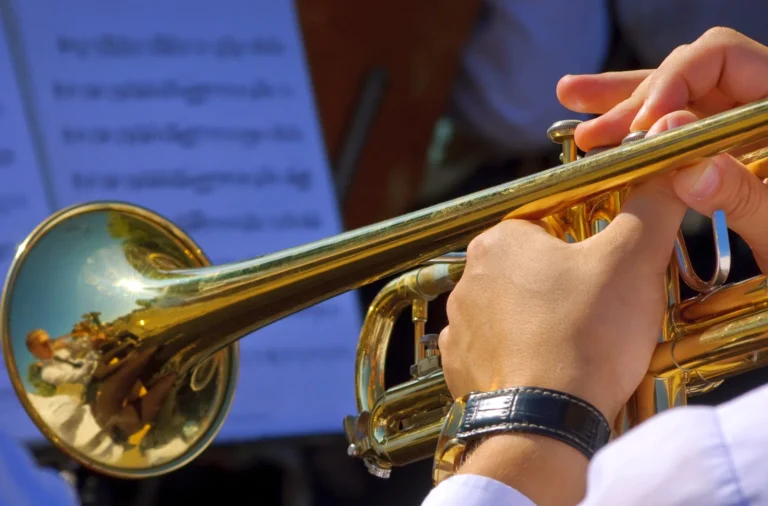The evolution of hip-hop and its impact on popular culture
Hip-hop is more than just a genre of music – it’s a cultural revolution that has transformed the world as we know it. From its humble beginnings on the streets of Bronx, New York in the 1970s, hip-hop has grown to become a global phenomenon that has impacted popular culture in countless ways. Its influence can be seen everywhere from fashion and art to film and television. In this blog post, we’ll take a deep dive into the evolution of hip-hop and explore how this unique art form has changed the world around us. So grab your headphones and let’s get started!
The origins of hip-hop
Hip-hop is rooted in the African American and Latino communities of the South Bronx, New York City. A combination of poverty, social injustice, and creative expression gave birth to a new form of music that reflected the struggles and aspirations of these marginalized groups.
Hip-hop emerged from block parties in the late 1970s where DJs would loop breakbeats to create an endless groove for people to dance to. MCs (Master of Ceremonies) began rapping over these beats with rhymes about their lives, experiences, and dreams.
The first recorded hip-hop song was “Rapper’s Delight” by The Sugarhill Gang in 1979 which became a huge hit on radio stations across America. This marked the beginning of hip hop’s mainstream success beyond its underground roots.
As hip-hop evolved it incorporated other musical elements such as funk, jazz, rock, reggae and soul into its sound creating something entirely unique. But at its core remained a message that spoke truthfully about urban life with topics ranging from police brutality to gang violence.
The early pioneers of this genre such as Grandmaster Flash & The Furious Five helped shape what we now know as modern-day rap music while paving the way for future generations to come.
The different elements of hip-hop
Hip-hop is a multifaceted art form that features different elements, each contributing to its unique style. These elements include DJing, MCing (rapping), graffiti, breakdancing, and beatboxing.
DJing involves playing and manipulating beats using turntables or digital equipment. It’s the backbone of hip-hop music production and has evolved over the years with new technology.
MCing (or rapping) is the most well-known element of hip-hop culture. Rappers use their lyricism skills to tell stories about their lives and experiences through rhyming verses set to a beat.
Graffiti was initially a way for artists to express themselves by leaving their mark on public spaces. It became an integral part of hip-hop culture as it provided a canvas for artists to showcase their creativity.
Breakdancing is another essential component of hip-hop culture that combines acrobatic moves with rhythmical steps often performed alongside DJs at block parties and concerts.
Beatboxing involves creating sounds using only one’s mouth such as drumbeats or record scratches that complement other elements in the genre like MCs’ lyrics or DJs’ tracks.
These distinct components make up what we now know as Hip-Hop – an amalgamation of various creative forms that have taken popular culture by storm since its inception in New York City during the 1970s.





